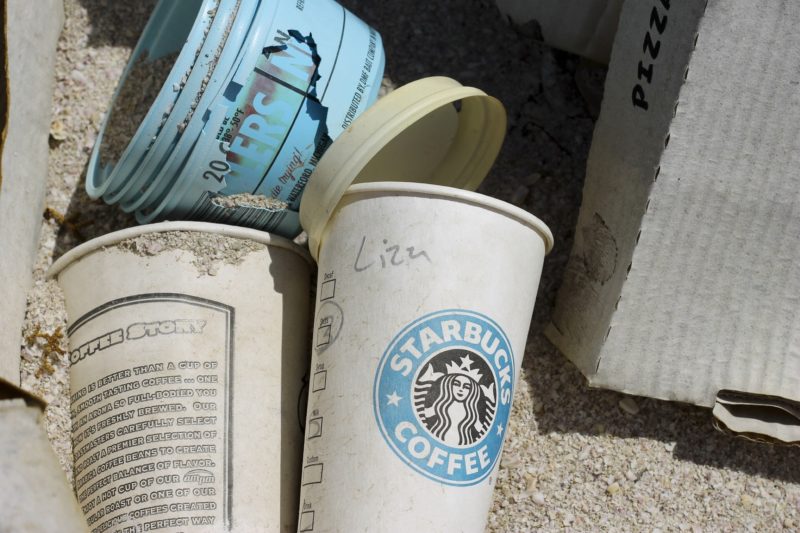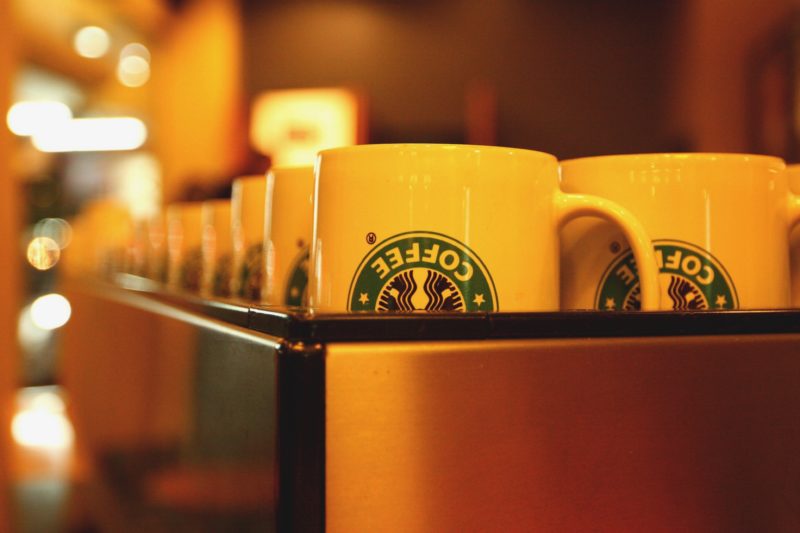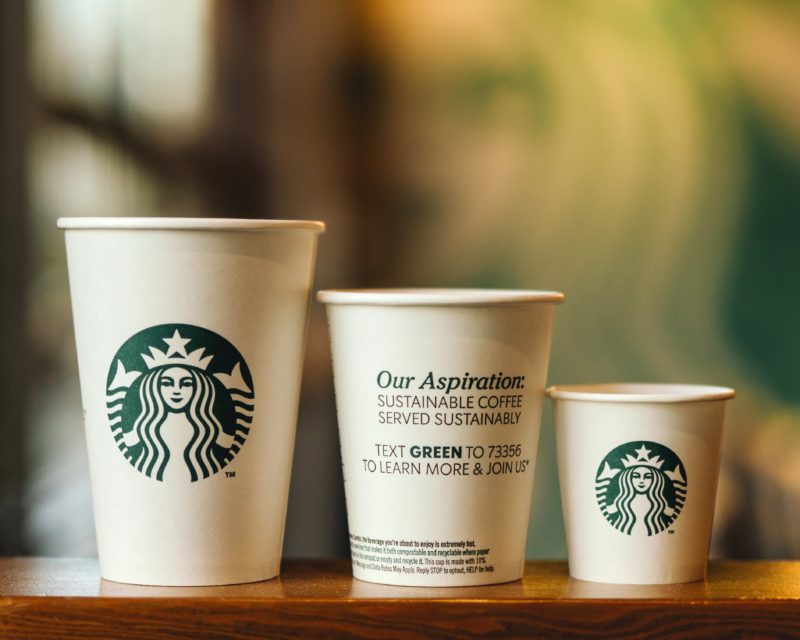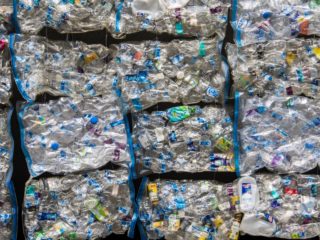Starbucks recently unveiled in selected locations, a prototype for its new eco-friendly beverage cup. This fully recyclable and compostable “Green Starbucks Cup” sounds like a promising alternative to the beverage company’s existing non-recyclable cups, billions of which are used for mere minutes before being thrown away.
The outcome of a global NextGen Cup Challenge, the redesigned Starbucks cup has “the potential to turn the 250 billion fiber to-go cups used annually, from waste into a valuable material in the recycling system.” An admirable goal for combating our waste crisis, but is the green Starbucks cup a sustainable solution or simply greenwashing? The answer will depend on whether Starbucks can stem the tide of waste that it has helped generate.
Is the Green Starbucks Cup Truly Recyclable?

Market Demand
Conventional Starbucks cups are lined with polyethylene plastic to contain hot liquids and prevent seepage. While the plastic liner solves these problems, the cup’s mixed material composition makes it extremely difficult, if not impossible, to recycle. Instead of being recycled, billions of coffee cups are used and thrown away each year, much of this waste ending up as environmental pollution.
The green Starbucks cup is meant to solve these problems with a Bio-PBS sugar cane liner that’s 100% recyclable and compostable. While the prototype may be “recyclable,” it doesn’t necessarily mean there’s a market for it and that it will actually be recycled. After all, recyclables are commodities and subject to the same price volatility as any other commodity.
The current market for plastic recyclables is virtually non-existent. One of the main reasons is China’s recent National Sword Policy that effectively bans the importation of all plastic recyclable materials. This decision, along with similar policy changes from other countries, has plunged the recycling market into a tailspin.
It’s true that Bio-PBS is a different material than traditional polyethylene plastic, but it remains to be seen whether there will be a demand for it. Starbucks itself acknowledges the challenges of recycling, a process that is seemingly simple, but is actually “dependent upon multiple factors, including local government policies and access to recycling markets such as paper mills and plastic processors.” With little or no demand for this product, it could be sent to landfills, incinerated, or left to stockpile.
Recycling Challenges
When it comes to the recycling process itself, the assumption is that customers will dispose of these cups in the appropriate receptacles, ensuring their delivery to proper composting or recycling facilities.
There are two problems with this assumption: By definition, these are “to-go” cups. Most people will leave Starbucks with their beverage, drink it elsewhere, and eventually throw it away in a garbage can, far from a Starbucks’ compost and/or recycling bin. The other problem is that despite the designated bins in Starbucks stores, it’s very difficult to monitor what actually ends up in them. It’s highly likely that customers, out of confusion or disregard, will contaminate the bins with other trash. Once contaminated, these recyclables run the risk of being rejected for recycling and sent instead to the landfill or incinerated.
Is the Green Starbucks Cup Truly Compostable?
Most certified compostable products need to be disposed of in a certified compostable facility to fully decompose. The Bio-PBS liner is meant to be fully compostable according to “DIN EN14995” certification. What does this mean? According to the European Bioplastics organization, this particular certification is for compostable packaging and plastics that “can be defined as packaging and plastics which, when introduced into an industrial composting plant together with the other organic waste.”
The implication here is that these products would need to be disposed of in a certified compostable facility in order to decompose. So if you leave Starbucks with one of these cups, consume your beverage elsewhere, and then throw it in the garbage, it’s likely it’ll end up in a landfill. Will it decompose in the landfill? It’s unclear, and it’s also unclear whether this new product could, for example, decompose in a backyard compost facility.
Lastly, the same contamination issues that face recycling can be found with disposal in a Starbucks compost bin. If too many people throw non-compostable items in these bins, the entire batch could end up in a landfill or be incinerated.
Behavioral Changes

While it remains to be seen whether this new product will indeed degrade or find a market as a recyclable material, one thing is certain: It will not encourage behavioral change to move away from our reliance on single-use disposables.
Starbucks currently dispenses an astounding 8,000 cups per minute. This won’t change with the Bio-PBS cup or any other version that Starbucks introduces. Instead of creating new single-use products that have a questionable end-life, we need to address the root cause of the problem: The ever-increasing buildup of waste in our environment. The way to tackle this problem is for producers to reduce production of these types of products.
How can you do your part? One simple step is to limit your dependence on single-use disposables to those times when it’s necessary, not simply when it’s convenient. Instead increase your use of durable, reusable products. Along with reducing and reusing, recycle, but recycle right. Proper disposal of recyclables will reduce contamination and ensure that items are actually recycled instead of dumped.
So, is the Green Starbucks Cup really “green,” or is it greenwashing? More information is needed, but I hope that Starbucks will spend as much, if not more, of its efforts on enhancing its reusability policies. Starbucks currently rewards customers who bring in their own cups, but they could create additional, meaningful incentives while creating a safe, sanitary environment in their stores to thoroughly clean these personal items.









